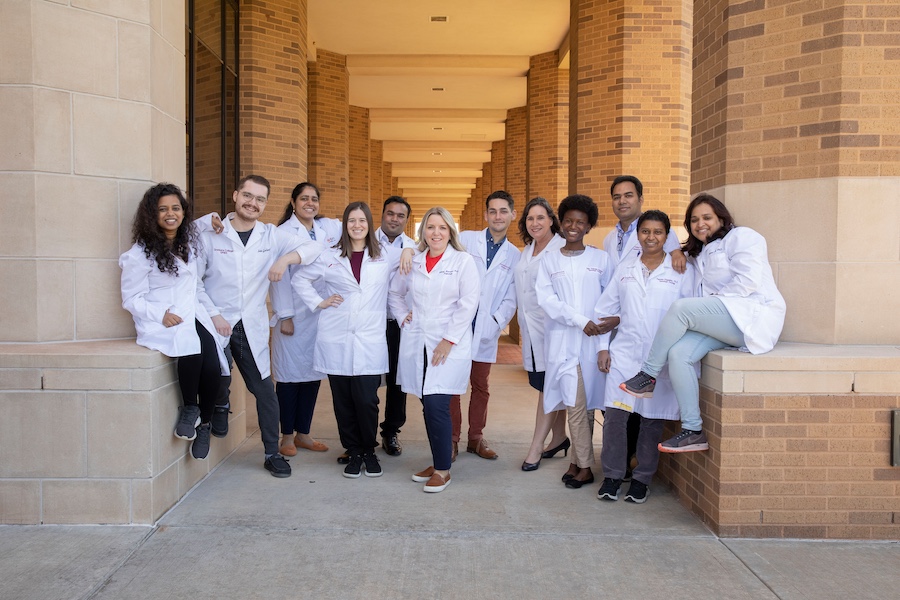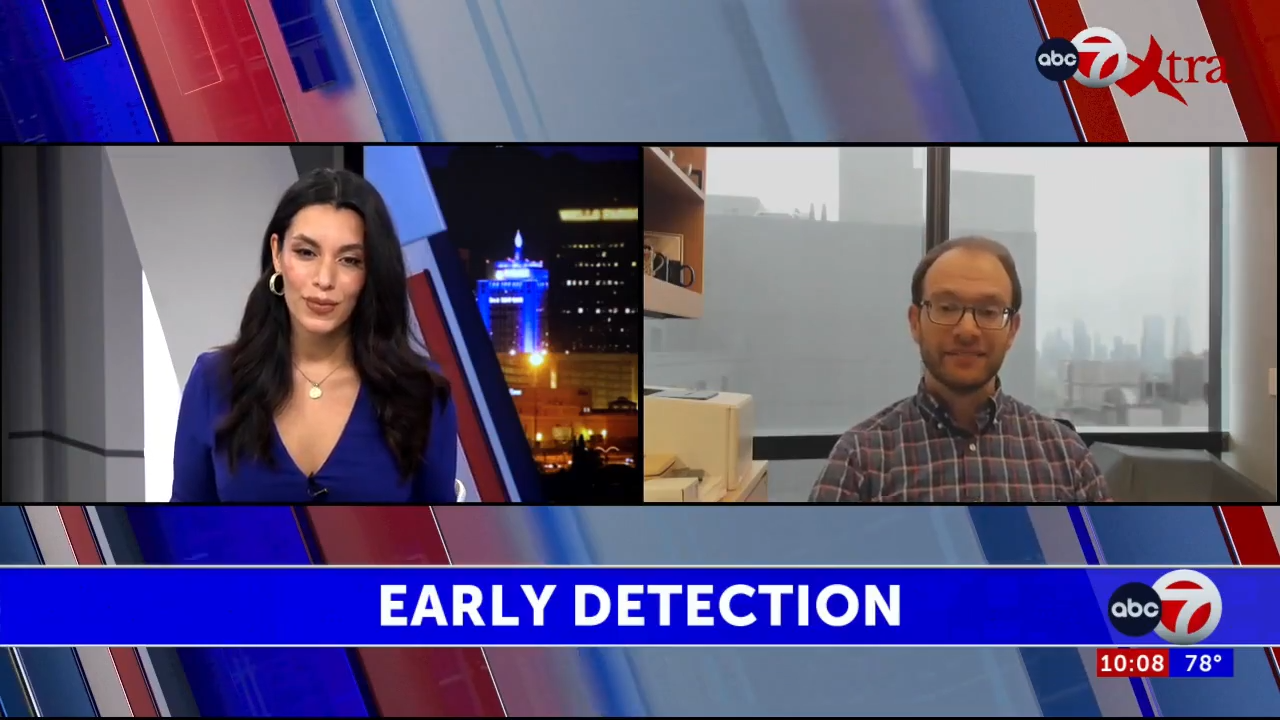The findings of a large international study published in the Journal of Clinical Oncology suggest for the first time that women with BRCA1 mutations should have preventive ovarian surgery (prophylactic oophorectomy) by age 35. The report studied nearly 5,800 women with specific genetic mutations called BRCA1 and BRCA2.
Researchers found that women with BRCA1 and BRCA2 mutations who protectively had their ovaries removed reduced their risk of ovarian, fallopian tube, or peritoneal cancer by 80%, and their overall risk of death by 77% by age 70.
According to the study, women with BRCA1 mutations should have prophylactic oophorectomy by age 35, as waiting appears to increase the risk of ovarian cancer. In contrast, women with BRCA2 mutations can safely delay surgery until their 40s, the study suggests, as their risk of ovarian cancer is not as strong.
Prior studies have shown that prophylactic oophorectomy reduces the risk of developing breast and ovarian cancers in women with BRCA1 or BRCA2 mutations; this is the first study to show an overall mortality reduction benefit. As many as 70 percent of women in the United States who learn they have BRCA mutations choose to have prophylactic oophorectomy. Many doctors recommend that such women undergo surgery by age 35 or when childbearing is complete. However, neither the optimum age for having this preventive surgery nor the effect of the surgery on the overall risk of death had been adequately studied.
“To me, waiting to have oophorectomy until after 35 is too much of a chance to take,” said Steven Narod, MD, professor of medicine at the University of Toronto in Canada and the study’s lead author. “These data are so striking that we believe prophylactic oophorectomy by age 35 should become a universal standard for women with BRCA1 mutations.”
He added: “with BRCA2 mutations, on the other hand, can safely delay surgery until their 40s, since their ovarian cancer risk is not as strong.”
Read additional information and commentary on this study from MedPage Today, and view the story from CNN.


